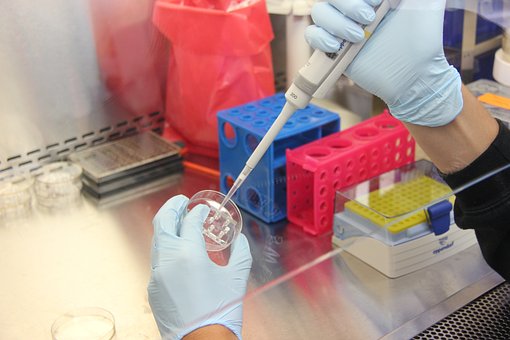
By Gabriela Baron
Women remained underrepresented in the field of science, technology, engineering, and mathematics (STEM), according to a report published by the Commission on Higher Education (CHED) in 2017.
Citing a report by CHED, women’s health and rights group Philippine Safe Abortion Advocacy Network (PINSAN) stressed that access to information, innovation, and technology is “pivotal for the empowerment of women and girls.”
“Just two in seven engineering students in the Philippines are women,” PINSAN noted.
“Of all students taking [Information Technology]-related courses, only 41% are women, and out of STEM program enrollees, only 43% are women,” it added.
Meanwhile, according to a 2021 Pew Research report, women are underrepresented in specific STEM fields, including physical science, mathematics, and engineering.
A 2022 Harvard University report attributed external factors, including a lack of role models, cultures that tend to exclude women, and persistent stereotypes about women’s intellectual abilities that “reinforce a wide gender gap” in STEM.
PINSAN also noted that only 49.8% of mobile phone subscribers are female, while 50.2% are male.
“Despite the impact of digital technology, those who are marginalized due to gender, race, sexual orientation, gender identity and expression, origin, and disability, do not have access to innovation in a variety of ways, from design to consumption,” it added. – cf
